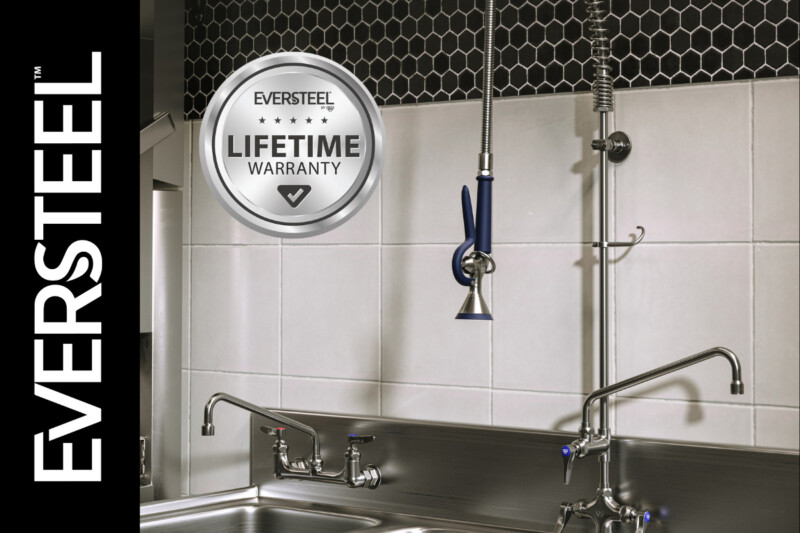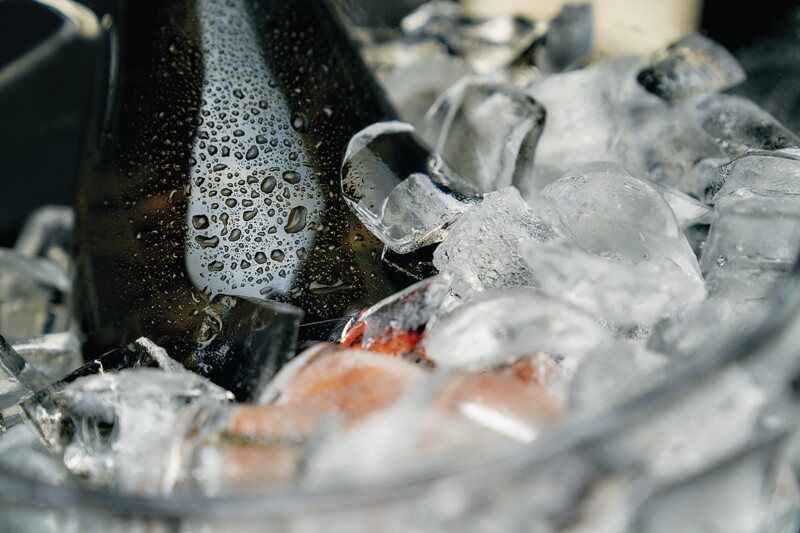Sizing Up Visual Modular Holding Cabinets
Visual modular holding cabinets can speed up the drive-thru by allowing operators to cook ahead and hold more inventory.
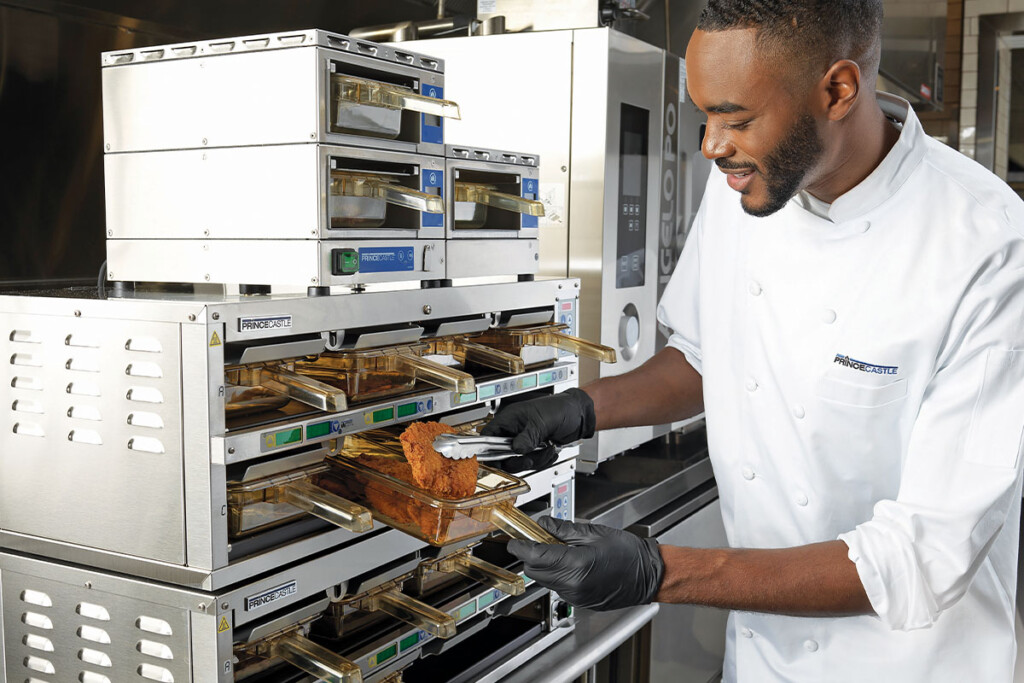
Drive-thru ordering has surged during the pandemic as more consumers opt to dine off-premise and turn to the convenient and more contactless experience of the drive-thru to get their meals to-go.
The drive-thru has helped quick-service restaurants thrive over the past two years, and a host of brands outside the category—like Smokey Bones and Shake Shack—are creating new prototypes that offer drive-thru service to cater to off-premise diners that, according to the National Restaurant Association’s 2022 State of the Restaurant Industry report, operators believe are here to stay.
The rush to the drive-thru, coupled with a severe labor shortage, however, has left some operators with bottlenecks in their drive-thrus as service, for some, isn’t as fast as it once was. Now, more operators are finding relief with visual modular holding cabinets, which can increase speed of service by allowing operators to cook ahead and hold menu items for a short period.
“The pandemic shifted even more to drive-thru, which puts extra pressure on operators to maintain speed of service. So being able to hold more inventory at temperature and maintain safety and quality is critical to keeping that speed of service,” says one manufacturer.
STAYING WARM
Designed for countertop use, visual modular holding cabinets use different types of heat to keep grilled products (like hamburger patties, eggs and sausage) moist and fried products (think chicken nuggets, egg rolls and fish patties) crispy. Manufacturers typically recommend conduction heat, which heats from below the pan with direct contact, for juicy products, and radiant heat, which generally transfers heat from above the pan without contact, for crispy foods. Some makers incorporate convection heat, which flows through the holding spaces, for extra crispiness.
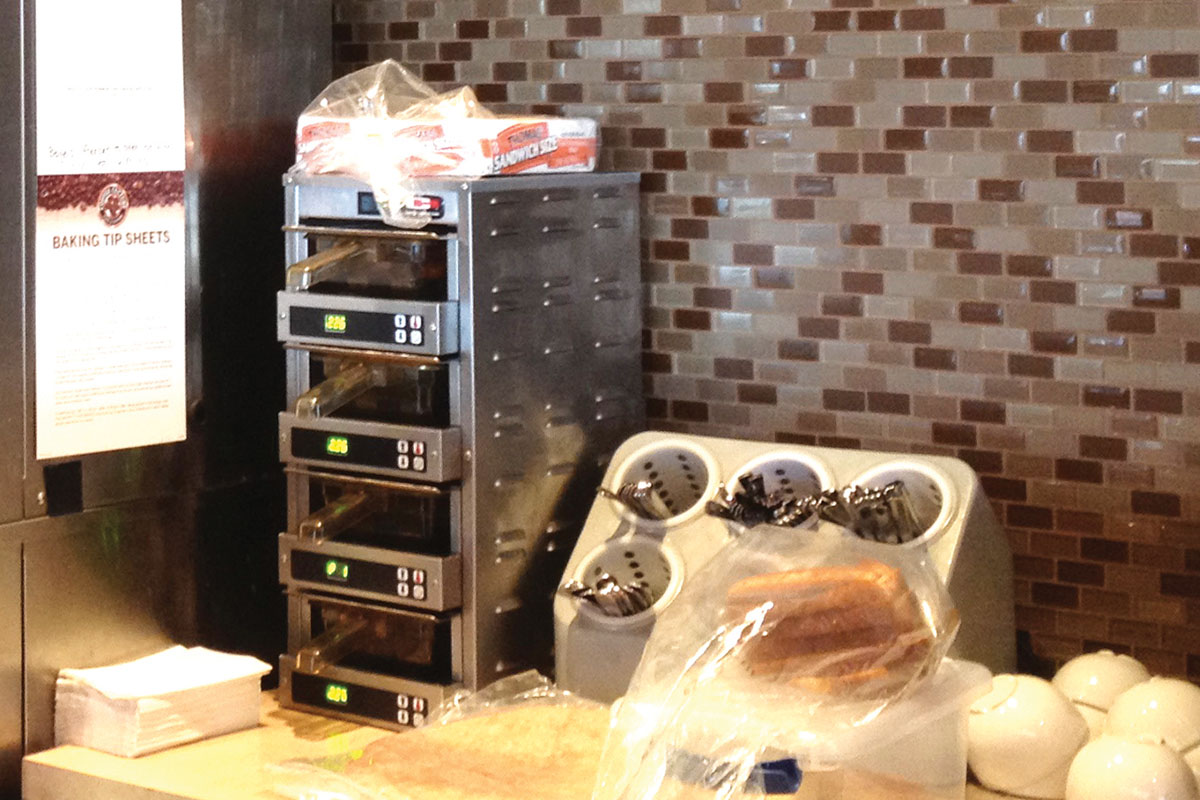
Most units have somewhere between two and 12 bins. Courtesy of Carter-Hoffmann.
The units come in a variety of sizes, with anywhere from generally two to 12 holding bins per unit. Vertical and horizontal configurations are available, and some models are stackable, allowing operators to scale their operations over time.
One maker’s latest model was able to increase restaurant throughput for certain customers by 150% and reduce wait times by 60% versus cook-to-order.
Giving the cabinets their “visual” characteristic are the transparent pans, which allow operators to see inside without having to pull out the pan and lose heat.
Most models use 1/3-size pans, though some offer larger and deeper pan sizes to hold more volume. Makers generally recommend the 1/3-size pan, however, as it “forces the operator to do less product more often,” helping retain quality and prevent waste. It’s about quality over quantity, one manufacturer says, adding that “holding only really works if the [consumer] doesn’t suspect it’s coming out of a pan.”
WHAT’S NEW
While visual modular holding cabinets have been around for a while, the latest models on the market are more advanced than ever, with more options and flexibility for heating, programmability and more.
One maker’s latest model comes with bottom heat with the option of adding top heat, along with programming capability for each shelf, giving operators the option to hold both moist and crispy foods in the same footprint. It allows users to adjust heat settings based on dayparts, for example. An operator who offers both breakfast and lunch dayparts can use only bottom heat to hold grilled products at breakfast, and when they switch to lunch, they can use both top and bottom heat for crispy items. Or, they can do a combination of both at the same time.
This spring, one maker is launching a new model to the general market that uses dual-zoned temperature controls, allowing for customizable holding areas within each shelf. While some models allow operators to program each shelf, the maker found that adding flexibility per shelf provided additional holding zones and enabled longer hold times for customers while being mindful of purchase price. Two zones on each shelf work well for operators looking to hold a variety of food products.
As for other technologies, one maker is in the process of rolling out touch screens to more models and hopes to have it on all models by the end of the year. The touch screens will replace timer bars, which have been the industry standard for years. The benefit to these is they’re user-friendly and allow operators to check the status of holding bins from across the kitchen, as brightly colored status displays alert users if the product is in active holding with a green light, if it’s almost expired with a yellow light and if it is expired and needs to be thrown out with a red light. At least one other maker’s latest model also offers touch-screen displays.
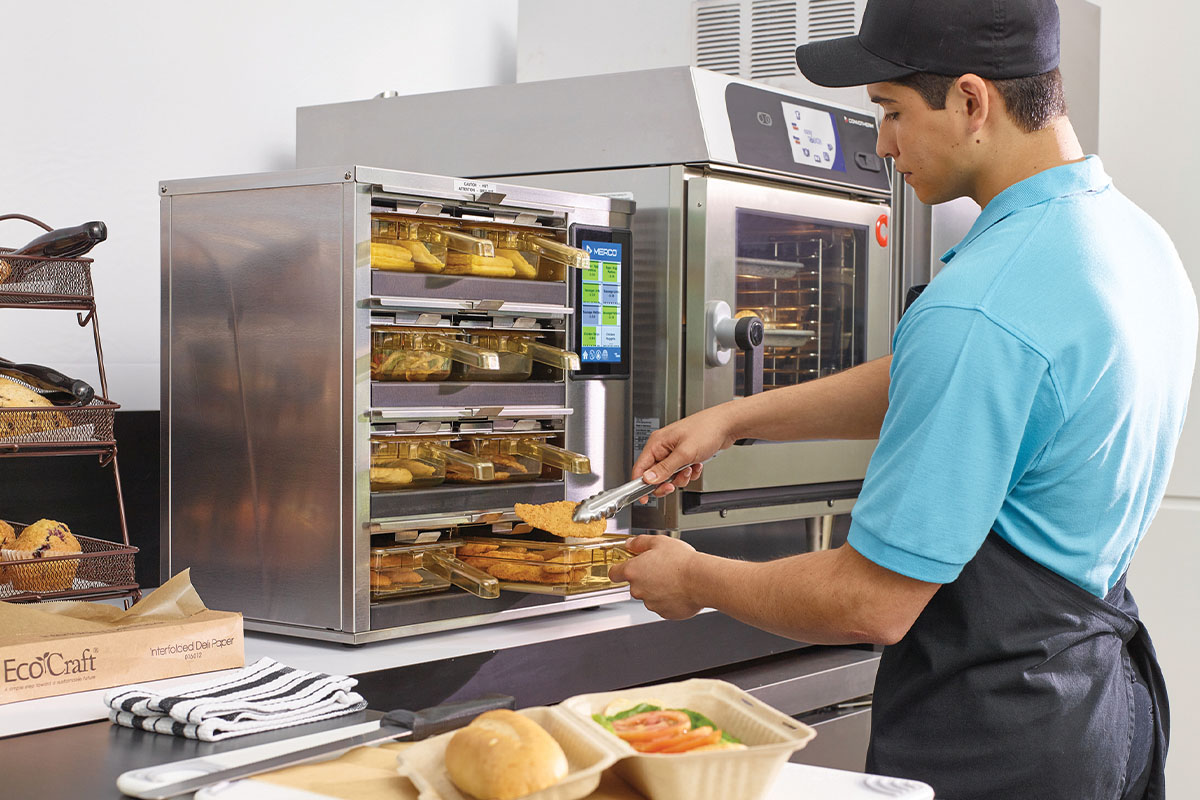
Color-coded status bars allow operators to stay in the know from across the kitchen. Courtesy of Merco.
In addition, at least one manufacturer has introduced tray-tracking technology. This system uses a RFID tracking chip that’s embedded in the trays to keep track of holding times, allowing users to move the bin to a different compartment in the cabinet or to another cabinet altogether without losing track of the time.
NARROWING YOUR SEARCH
When looking to choose a model, consider several aspects. First, determine your mix of food products and whether they’re fried, moist or both to decide which heat would give you your desired result. Makers recommend testing the models, as different ones produce very different results.
Next, consider your footprint to decide where it will go and what power is available to run it. Then, determine your volume and the number of food product types you wish to hold to decide how many bins you need, whether the unit should be vertical or horizontal and that it will fit in your available space. A mistake one maker says some operators make is not considering future volume and menu items when determining size. It’s better to size up, the maker says, to allow for future growth. It’s generally less expensive to purchase a 12-bin cabinet than two six-bin cabinets.
Most makers also offer pass-thru models that can be useful if the unit is placed on a prep line in which food is cooked on one side and prepared on the other. “What you really don’t want to do is invest in a single-sided unit, put it in the middle of your center island and go, ‘Wow, the back’s closed off.’ So that’s a consideration,” says one maker.
Overall, manufacturers say visual modular holding cabinets can help operators pick up speed in an increasingly off-premise world—and the ROI follows. “Where it pays for itself is I’m getting more traffic through my drive-thru or front counter when using this system than I was before I had it,” says a manufacturer. One maker says its latest model increased restaurant throughput for certain customers by 150% and reduced wait times by 60% versus cook-to-order.
One maker’s latest model was able to increase restaurant throughput for certain customers by 150% and reduce wait times by 60% versus cook-to-order.
Keeping Tabs
THERE’S MORE THAN MEETS THE EYE WHEN IT COMES TO VISUAL MODULAR HOLDING CABINETS. LEARN THE INS AND OUTS OF FOUR MAKERS’ LATEST MODELS.
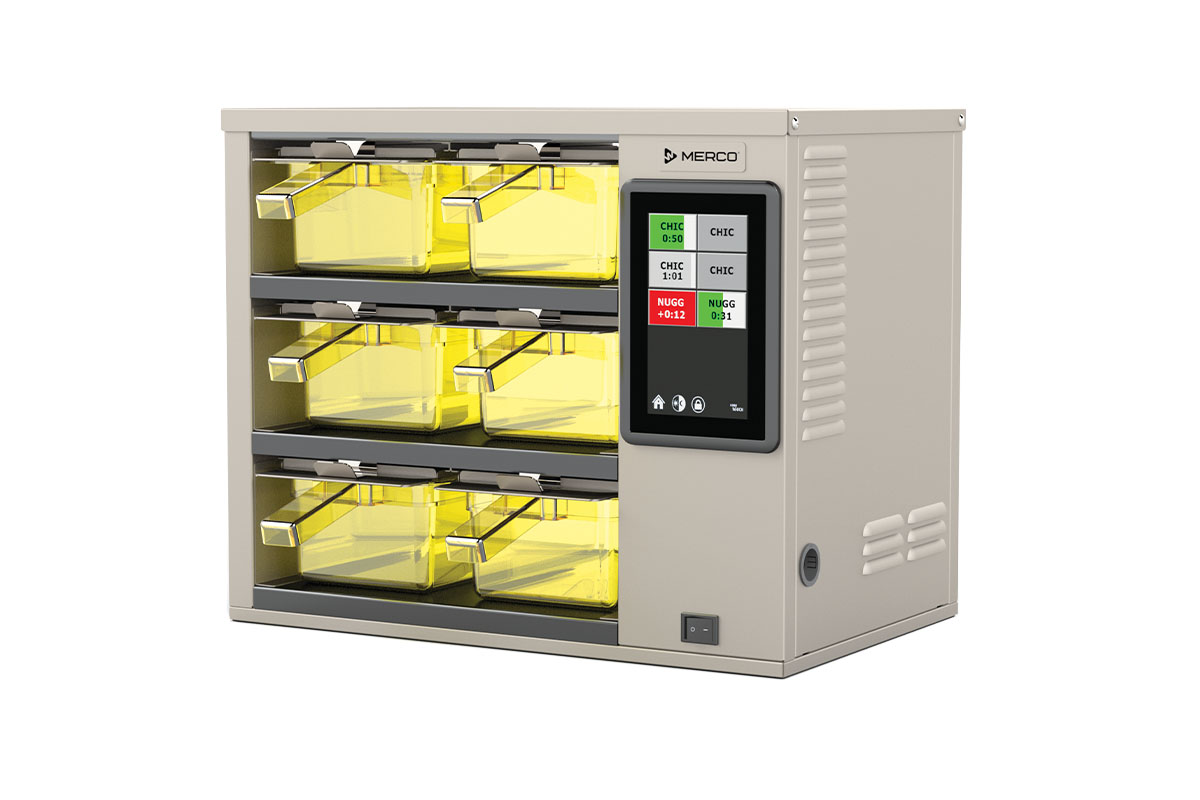
Merco
MODEL: MercoMax Visual Holding Cabinet
HEAT: Convective airflow on top, with optional, individual seals to block flow into select pans
FEATURES: Select from units with between two and four shelves, then determine whether you need dual- or single-sided access. Tap the capacitive touch screen to modify menu settings, and watch and listen for end-of-hold-time alarms.
WEBSITE: mercoproducts.com
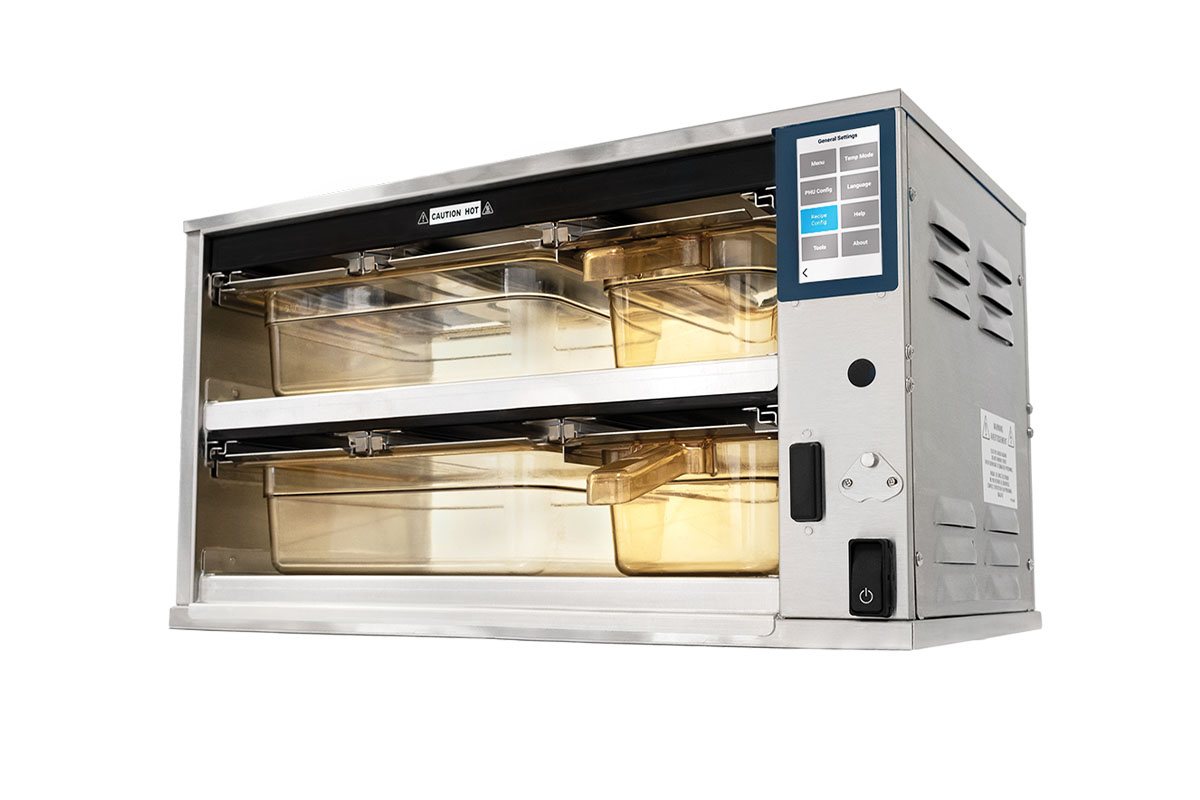
Duke Mfg.
MODEL: ReadyFlex
HEAT: Independent top and bottom heat, with multiple heat zones per shelf
FEATURES: With pan depth options of 2½-in. or 4-in. and flexible lid and pan configurations, this model adapts to a variety of menu items. Use the glove-compatible touch screen to import and export recipes via built-in connectivity, and easily glimpse the status of each well with color-coded displays.
WEBSITE: dukemfg.com
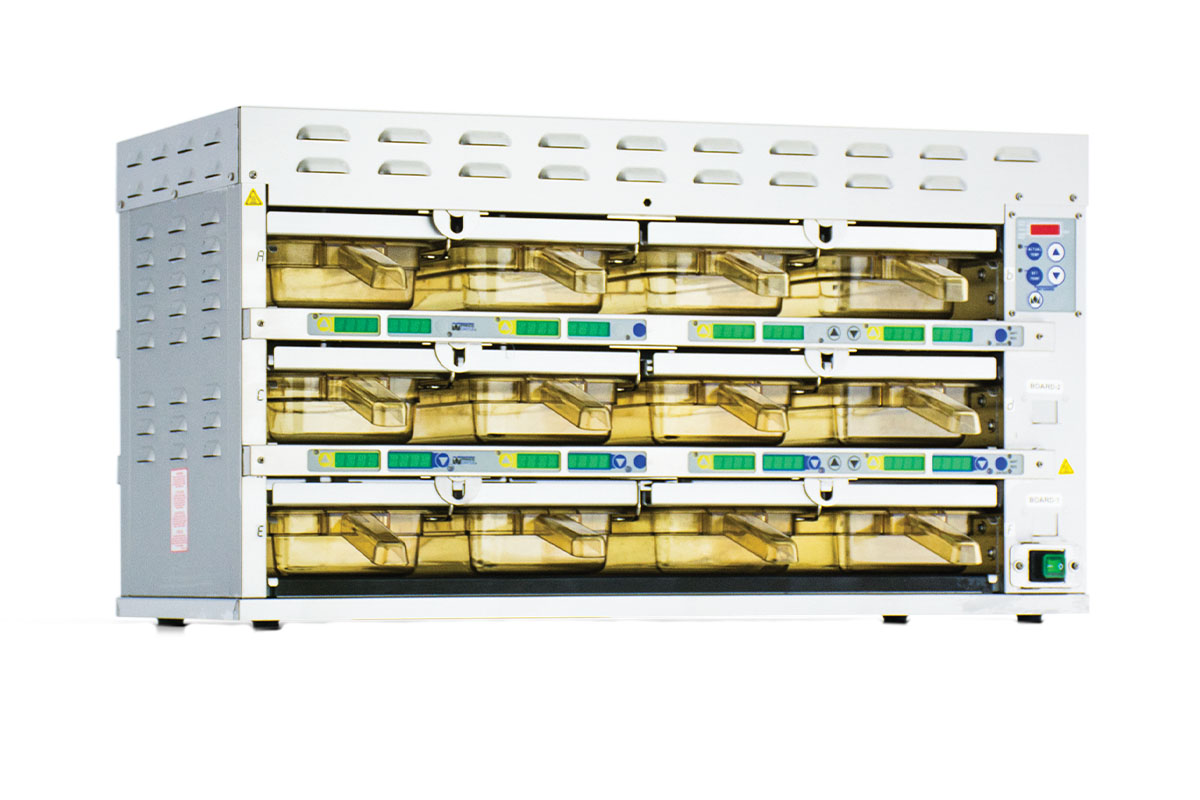
Prince Castle
MODEL: EHB34
HEAT: Dual zone temperature control
FEATURES: Use a USB port to upload your menu, then let the unit alert you to when your most popular products are running low. Removable metal lids extend hold times. Single-sided or pass-thru designs, and various configurations, are available.
WEBSITE: princecastle.com
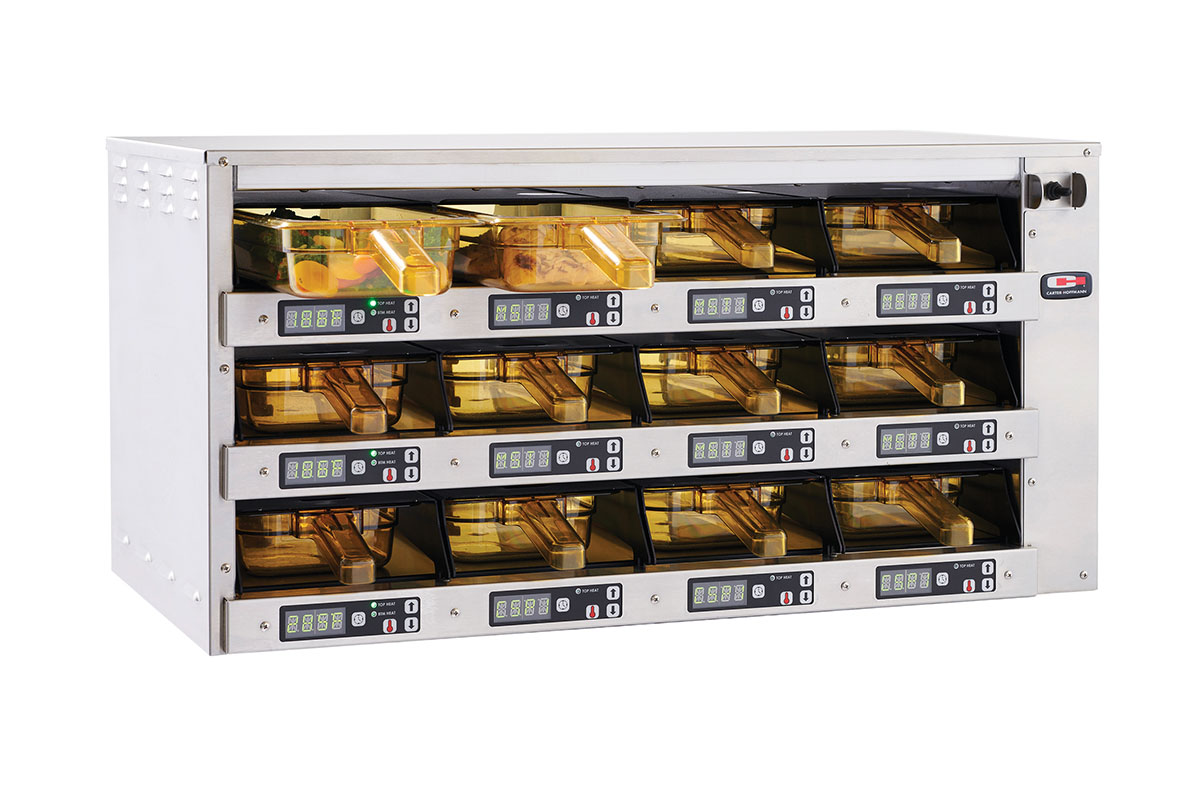
Carter-Hoffmann
MODEL: M Series
HEAT: Top (75W) heat, with individual temperature controls for each pan, and bottom (300W) heat, with per-shelf controls
FEATURES: Program up to 25 menu settings per each 1/3-size pan—with options for four, six, eight or 12 pans per unit—and set individual digital pan timers for up to 99 minutes, in one-minute increments. Choose from single-sided or pass-thru options, with the latter featuring rear displays.
WEBSITE: carter-hoffmann.com
RELATED CONTENT
- Advertisement -
- Advertisement -
- Advertisement -
TRENDING NOW
- Advertisement -
- Advertisement -
- Advertisement -

